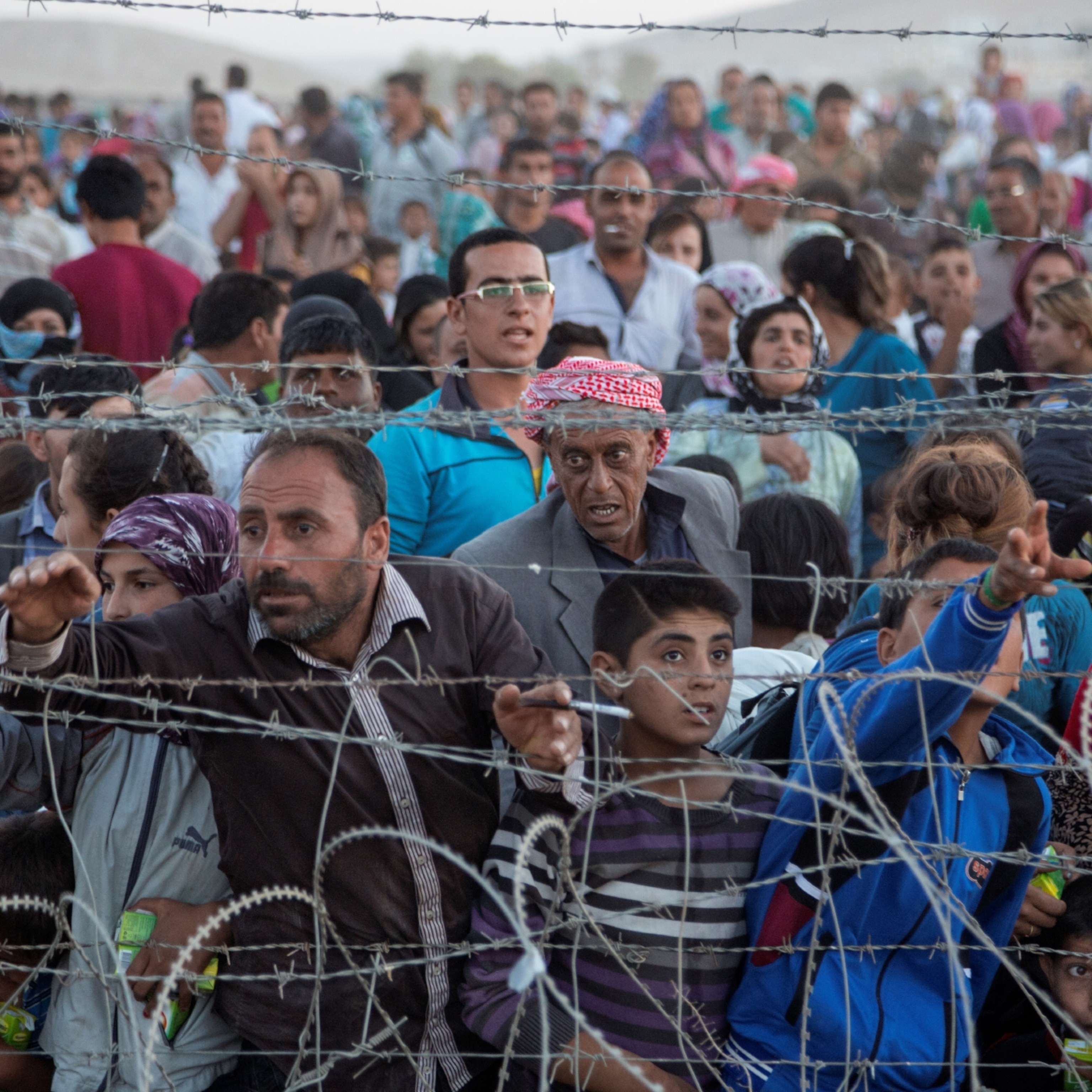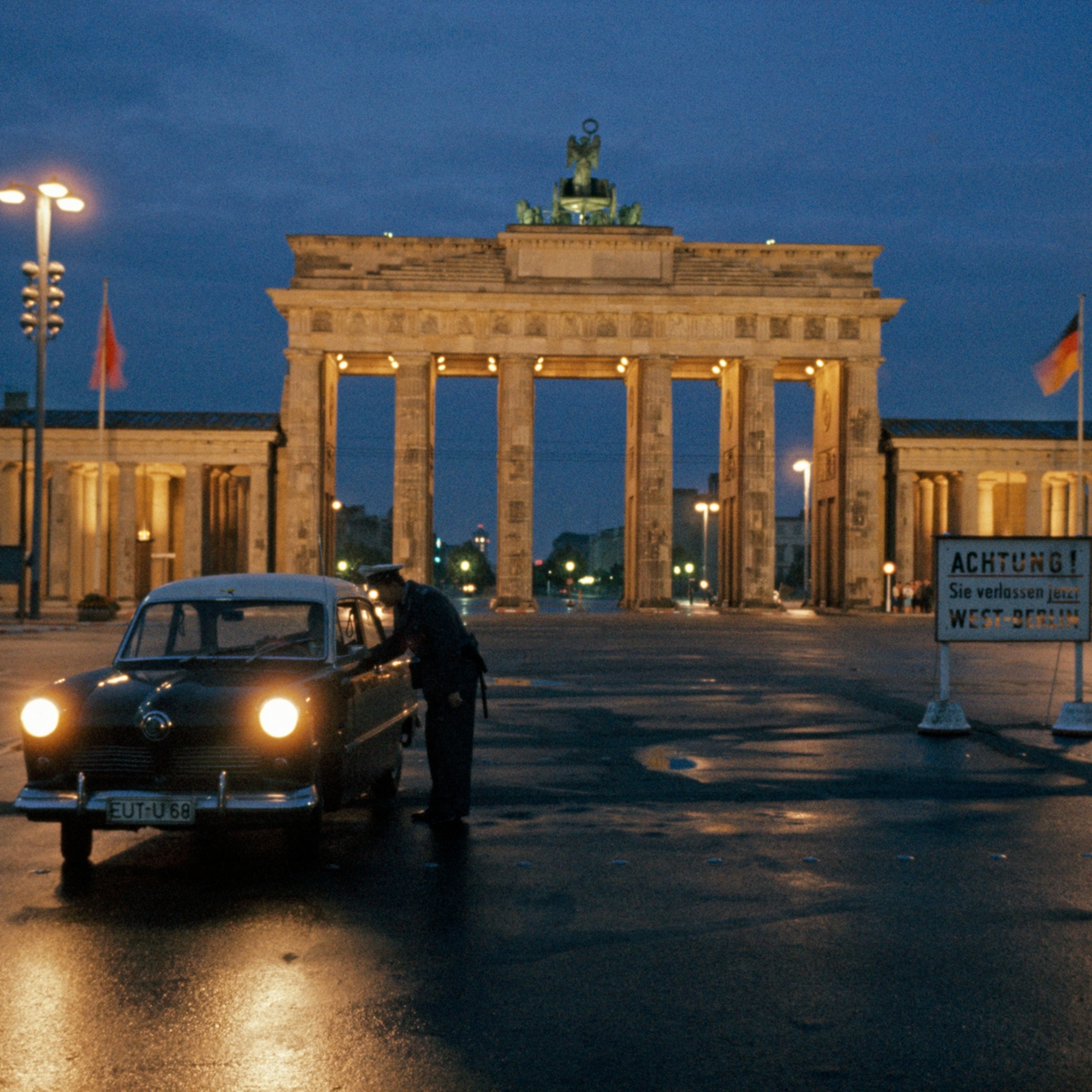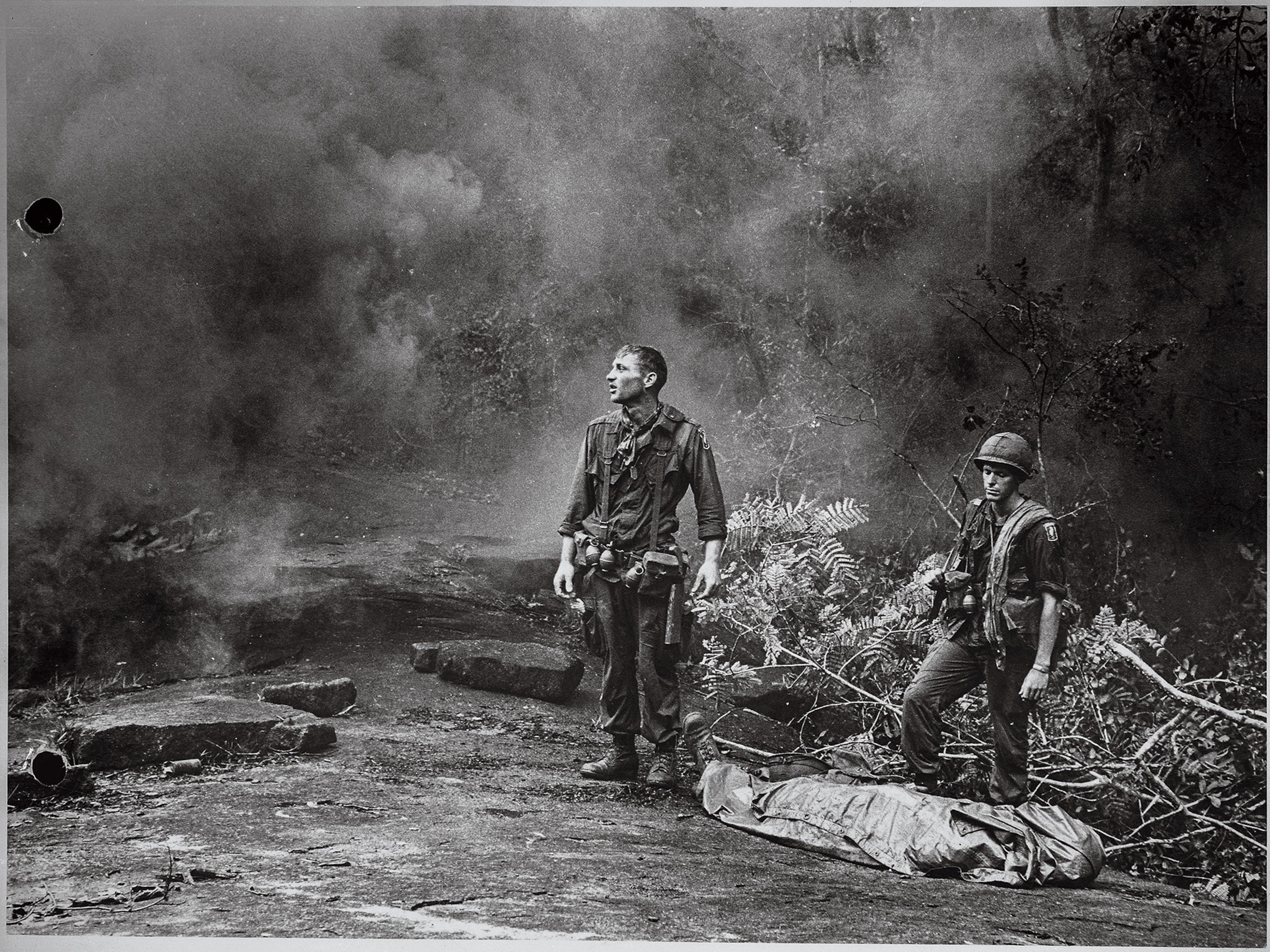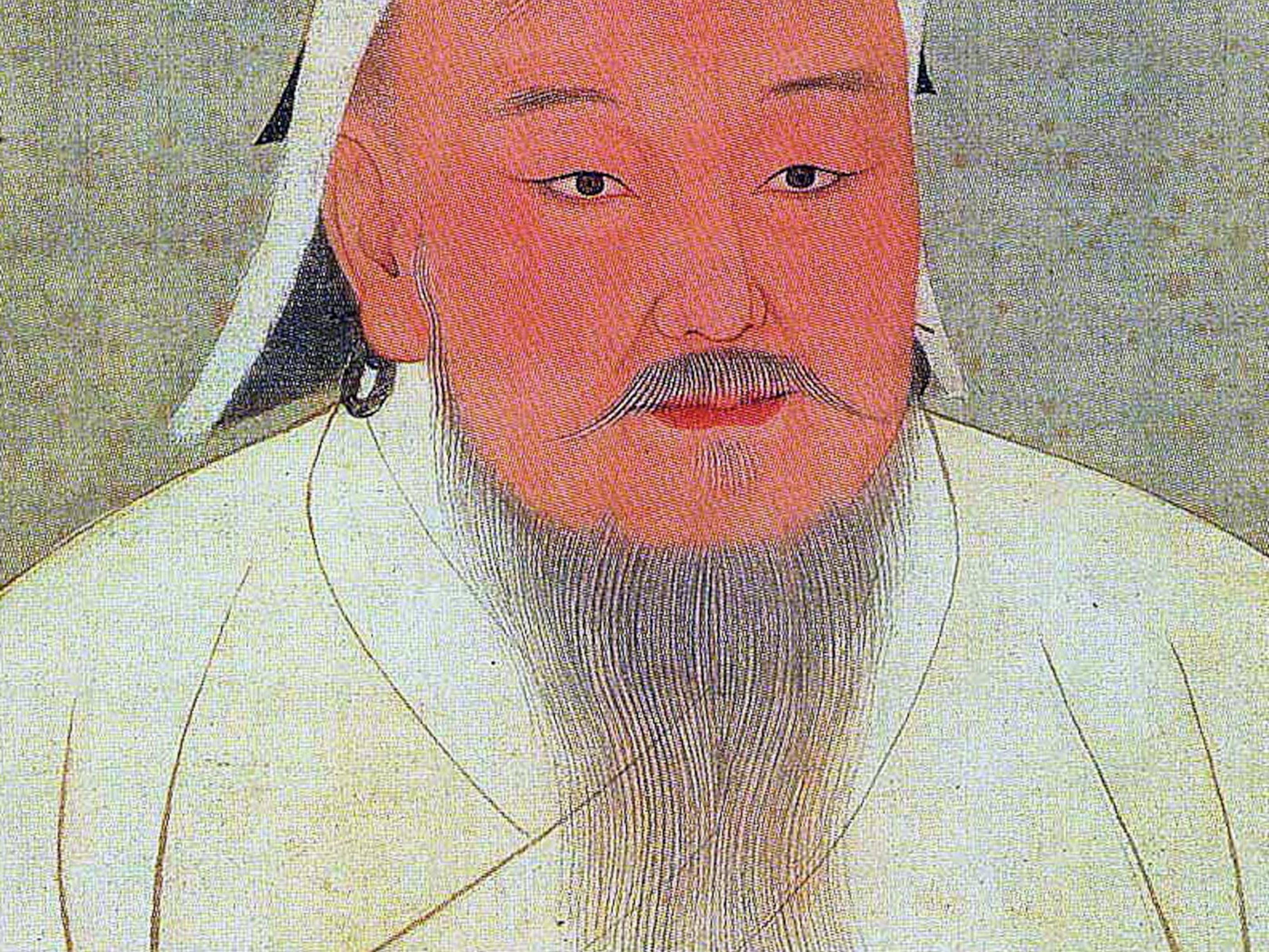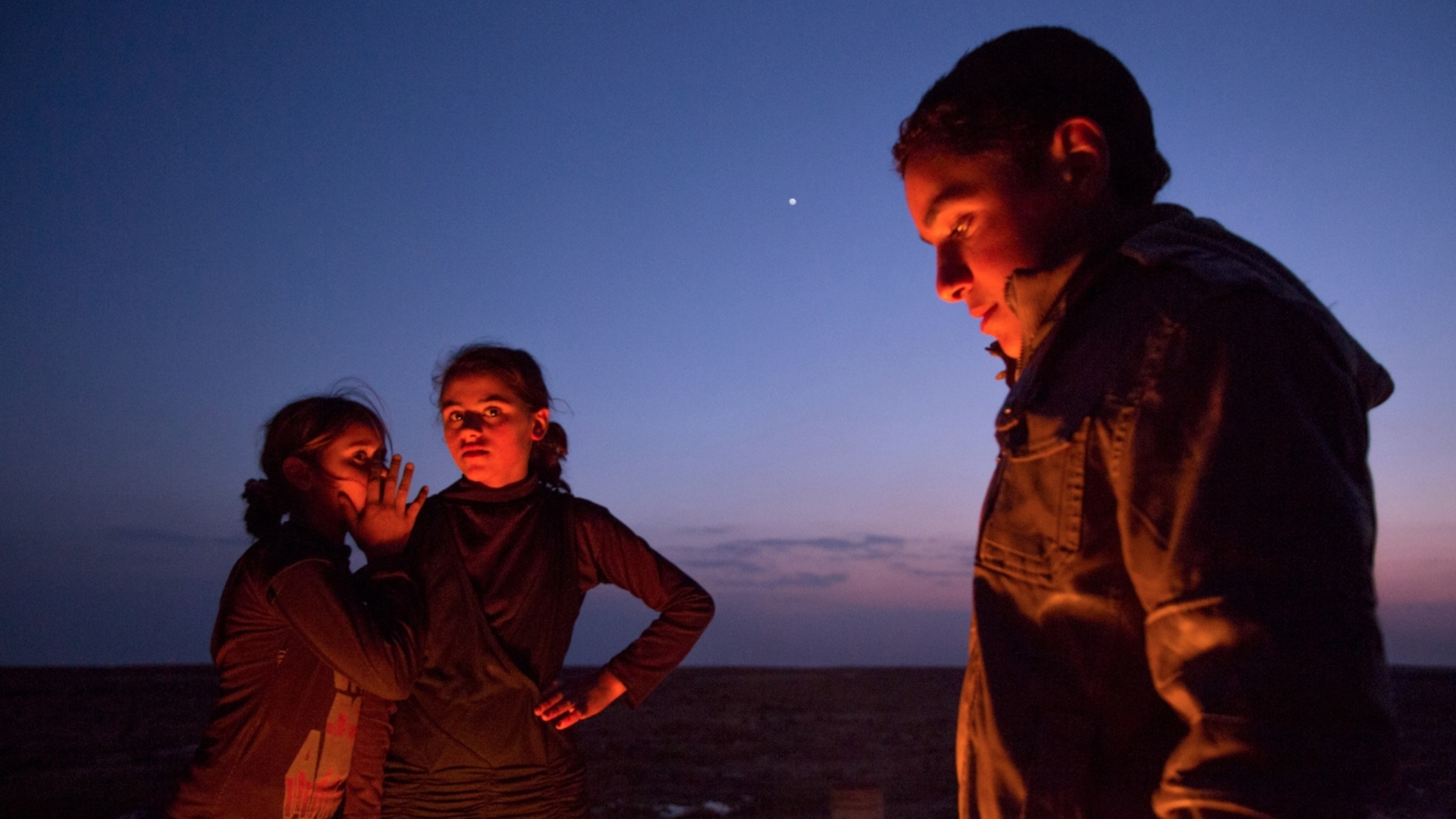
Ed Kashi: Young Syrian Refugees Living in Limbo
I started traveling to Syria in 1991 as part of my first project with National Geographic magazine documenting the struggle of the Kurds. I’ve returned a number of times for different reportages, and since the Syrian civil war tragically developed out of the hope of the Arab Spring in 2010, I’ve watched with disquiet and pain as this conflict became a proxy for the wars inside Syria’s fragile ethnic mosaic.
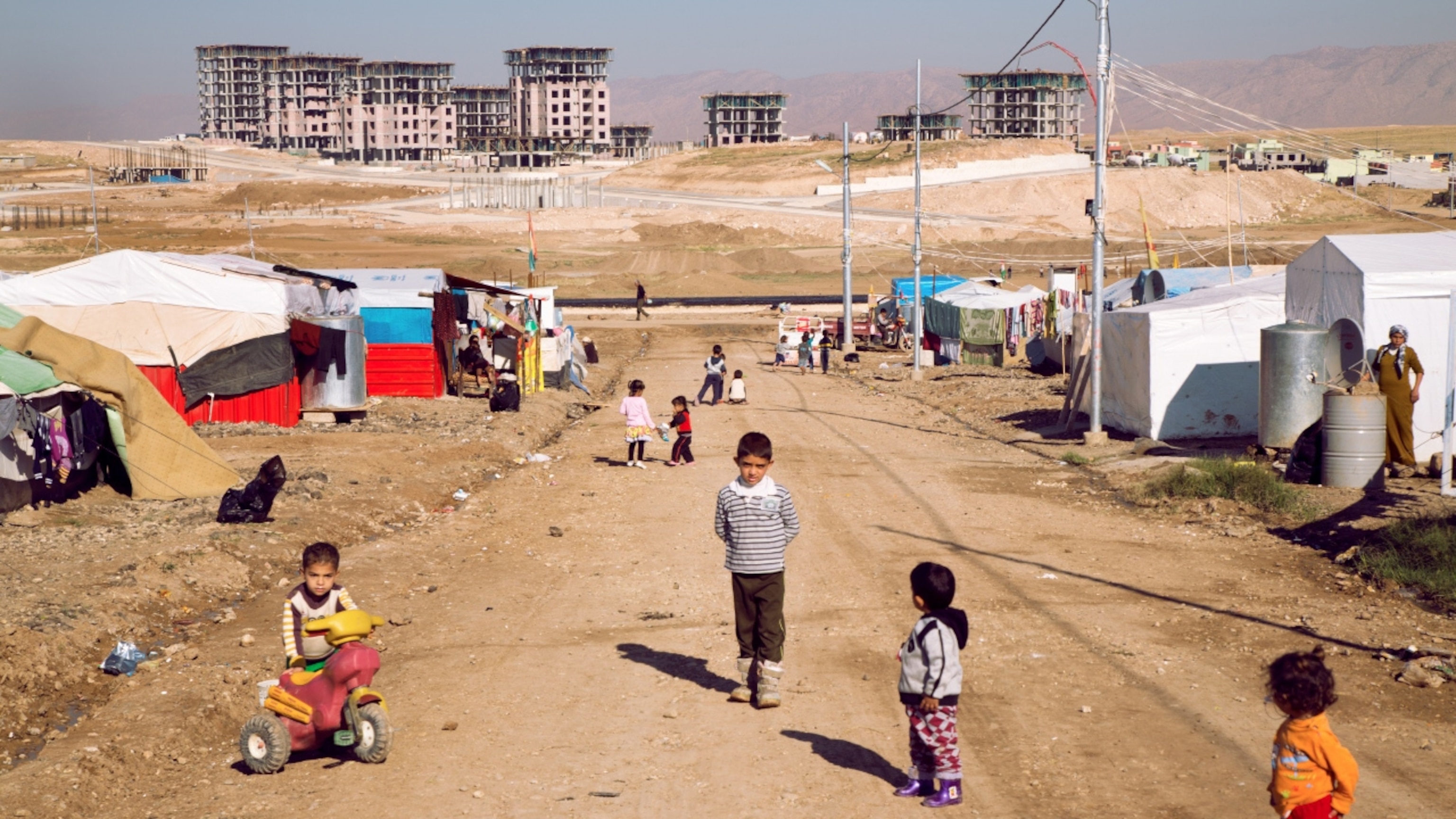
As refugees stream across Syria’s borders, we are seeing the loss of another middle class Arab population and the destabilization of another Arab, Muslim country. The youth population within this new refugee group is comprised of more than half of those two million souls. What will happen to Syria’s next generation? I had been there enough to know the Syrians are a calm and well educated people, used to relative security and stability, albeit under the hand of an authoritarian regime that was now firmly entrenched in their fourth decade of rule. What happens when the whole fabric of a society is blown apart, frayed not only at its edges but threatened at its very heart?
In November 2013, 22 years since my first forays into this region, I returned to northern Iraq and Jordan to tell the stories of some of these youth. I wanted to create an intimate look into the lives of those caught in the middle, left in limbo, robbed of their childhoods. As a hybrid visual storyteller, mixing still images with motion and sound is always deeply satisfying and empowering. I decided this would be the way to illustrate the plight of this lost generation.
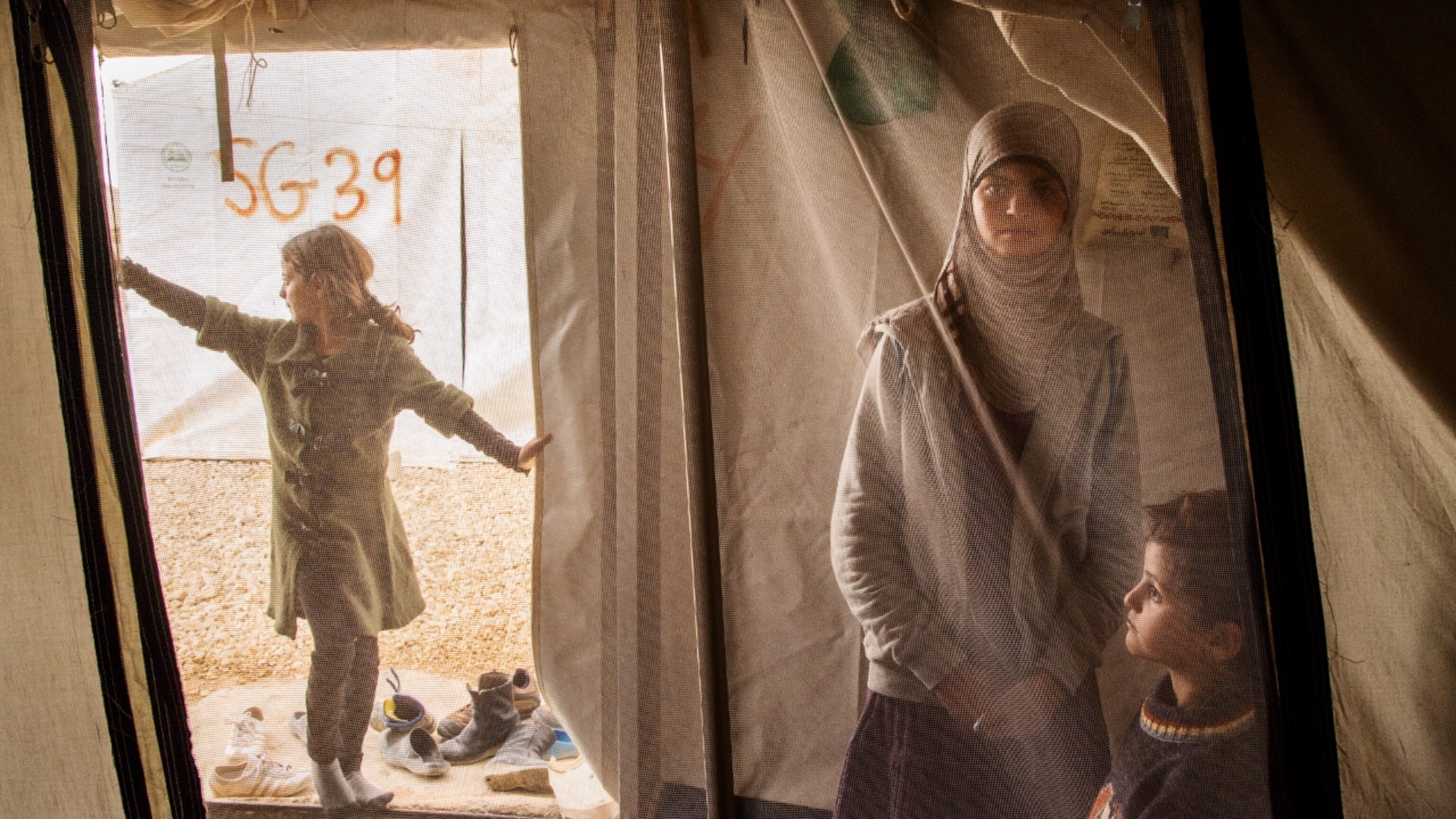
My first stop was in Jordan, where I filmed a group of four teens living with their 83-year-old grandmother in the eastern desert, next to a small agricultural plot where tomatoes and zucchinis are grown. They were part of a small enclave of maybe ten families living in tents, surviving on the good graces of a local farmer but disconnected from all the aid and supplies of the giant Zaatari refugee camp, now the second largest in the world with nearly 200,000 people, and only one hour away.
This dislocated family of teens—Muna, 16, Sumaya, 15, Bilal, 14 and Lamia, 13—had first travelled to Daraa in the south and then over the border to Jordan. Their parents had made them leave their hometown of Hasakeh, Syria, to avoid rape of the girls and conscription of the boy into the military or the Free Syrian Army. (Sumaiya, Bilal, and Lamia are pictured at the top of this post.)
They left behind their parents and four other siblings, and I found them living in a tent. For me, this story was especially poignant. I have two teenage kids, including a 16-year-old daughter. My heart ached for the mutual loss this family was going through—the kids separated from their parents, unprotected and in limbo— and I also was in awe of their strength and adaptability. When 16-year-old Muna told us, “I wish I had not lived to see the things I saw…and my greatest fear is never seeing my parents again,” everyone in the tent, including myself, my interpreter and the folks listening on the periphery, were in tears.
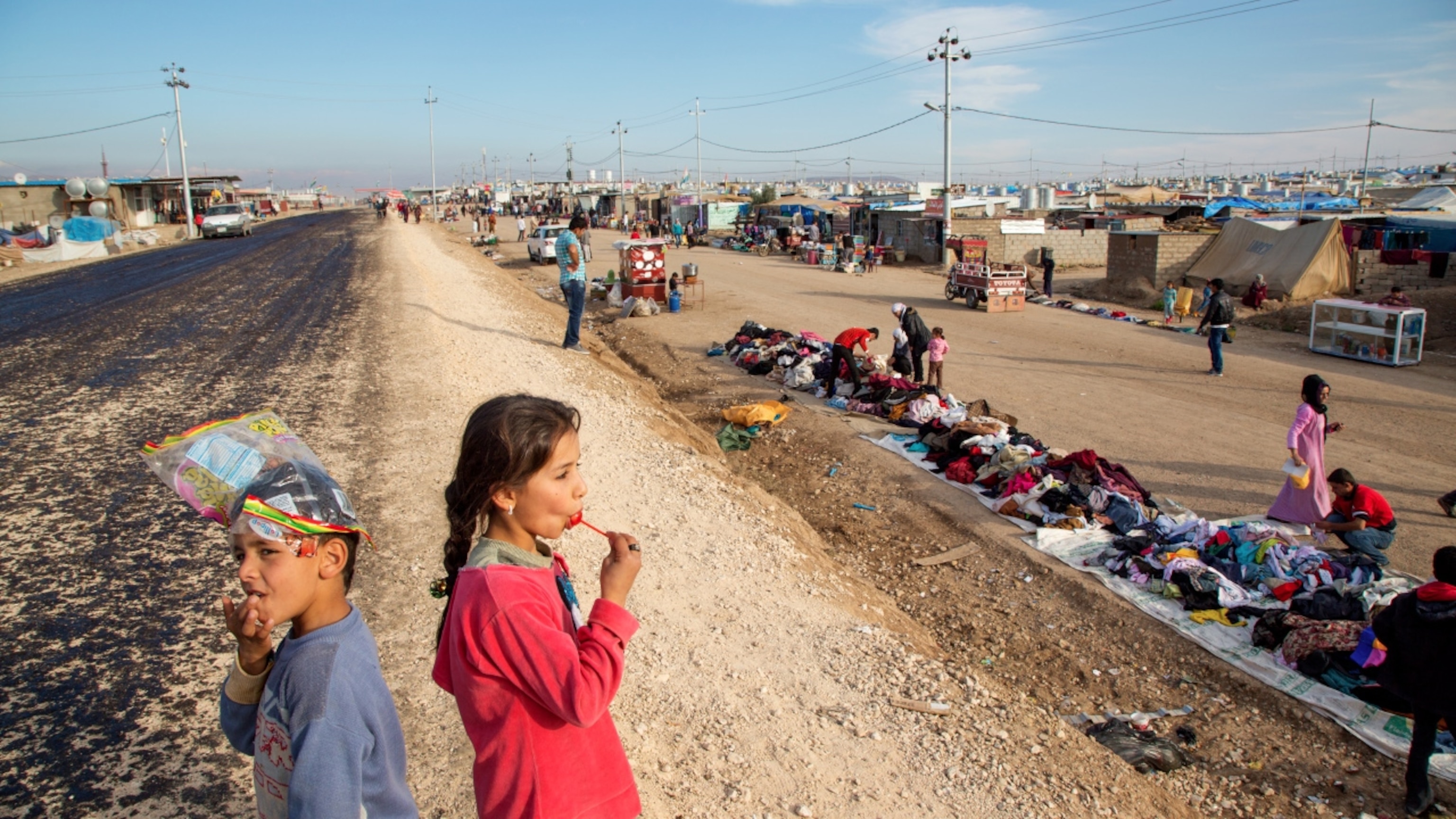

I also filmed people in the Domiz camp just outside of Dohuk in northern Iraq—the region where I had witnessed Kurdish refugees returning from Turkey and Iran in 1991. It was sobering to witness yet another refugee crisis 22 years later.
Here I met Jihan, 16, and her family, who had fled from Damascus over a year earlier. Beautiful, articulate, sensitive and deeply troubled from not only what she had witnessed, but by the realization that, “maybe I’ve lost my adolescence,”—her story powerfully articulates the plight of Syrian youth.
In one instance, while filming in Jihan’s family’s tent, her father made a cellphone call. I intuitively filmed close-ups of his face, and the reactions of the family. As the call progressed, I watched the faces of the kids transform from looks of concern to quiet tears. My interpreter told me later the father had just learned that a bomb had killed his neighbor’s 17-year-old son.
View Kashi’s companion documentary, Syria’s Lost Generation, here.
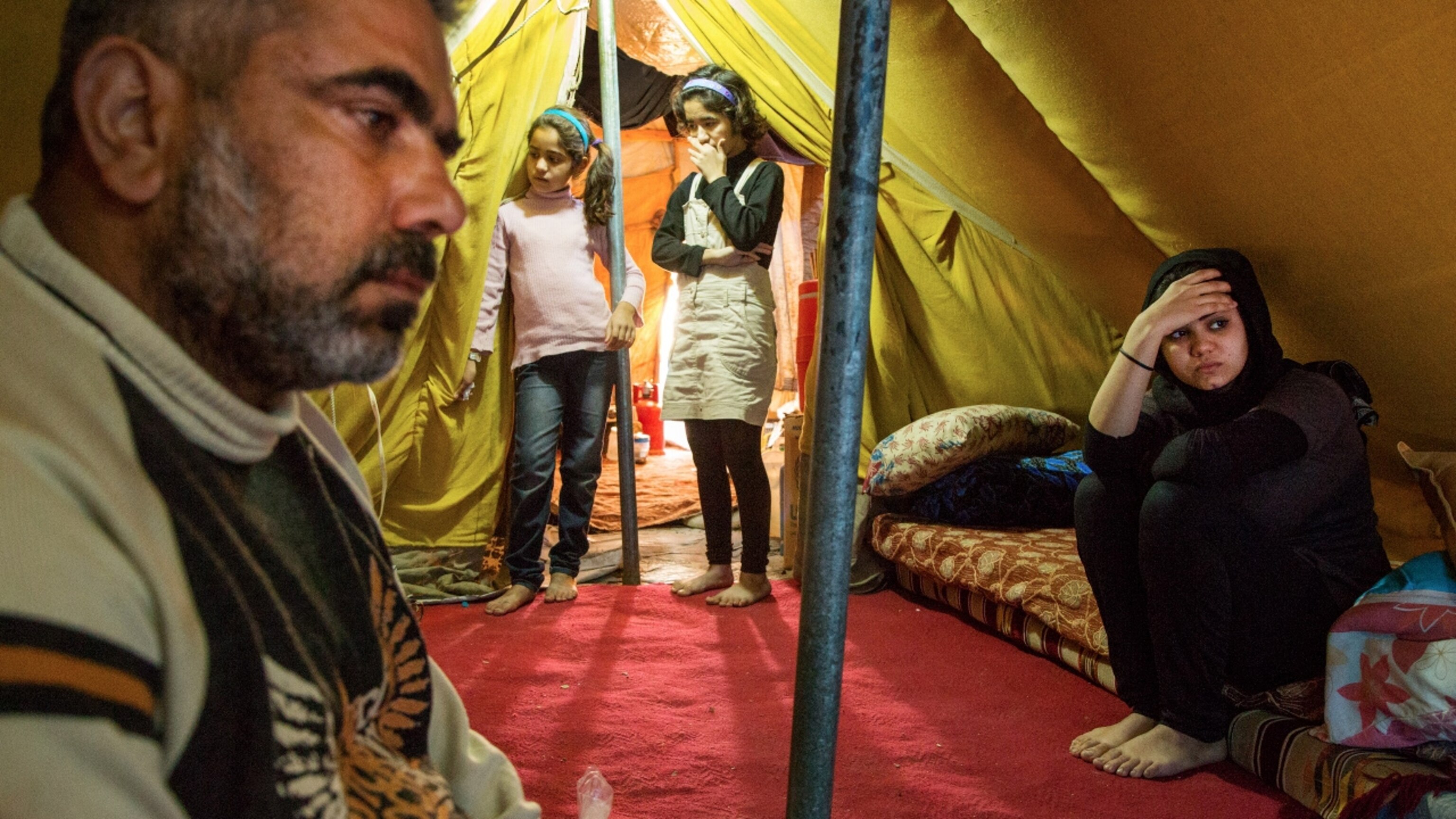
At the time of making this story, I was cognizant of the imminent peace talks in Geneva and felt that a story like this could contribute to these efforts. Today, as the negotiators from all sides continue to meet in Switzerland, it’s hard to know if any progress is being made, and more troubling to wonder if they are even considering the fate of the youngest, innocent victims of this conflict.
My desire is to continue these stories over time, as these kids could become semi-permanent, or even permanent refugees in a foreign country even after the conflict ends. What I witnessed leaves no doubt in my mind that at least in northern Iraq, the expectation is that many of these folks will remain permanently and not return to Syria. If this is the case, the need to tell these stories is that much more important, and my desire that much more compelling.
Ed Kashi worked with the International Medical Corps (IMC), a humanitarian non-profit organization that provides aid and relief to those affected by conflict and crisis, to tell these stories.
Kashi is currently engaged in a crowd-funding campaign for his newest project on sugarcane workers in Nicaragua. More information can be found here.

